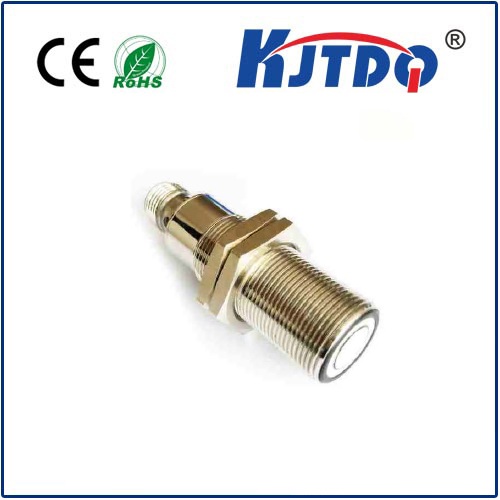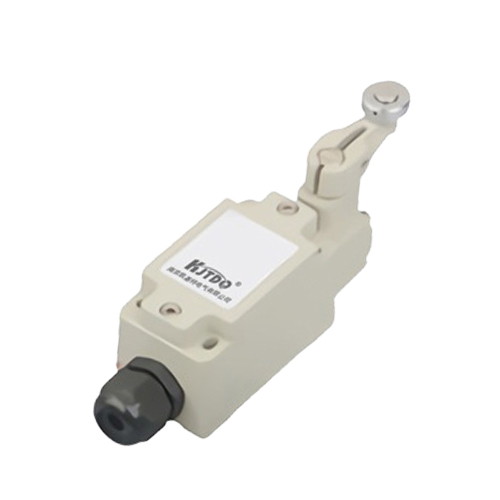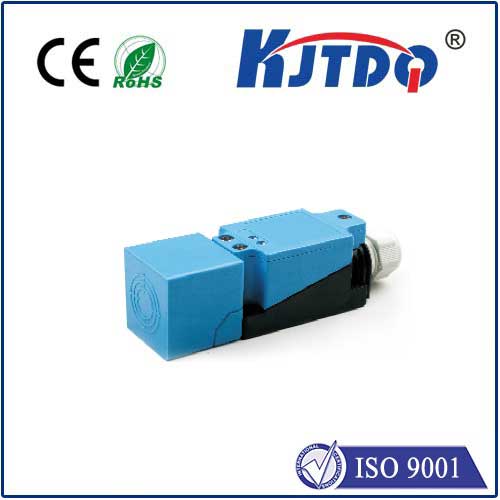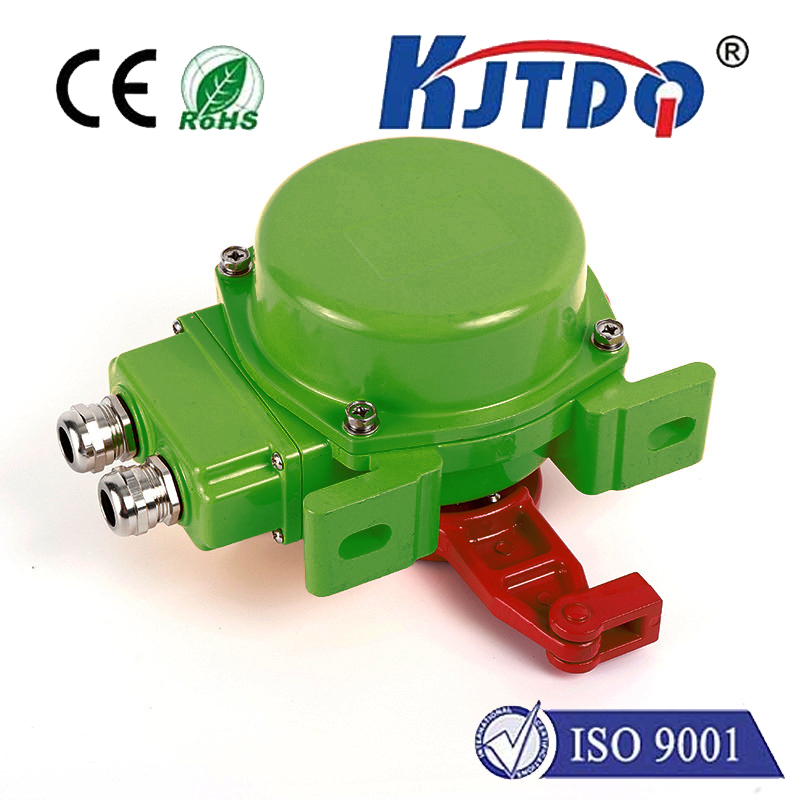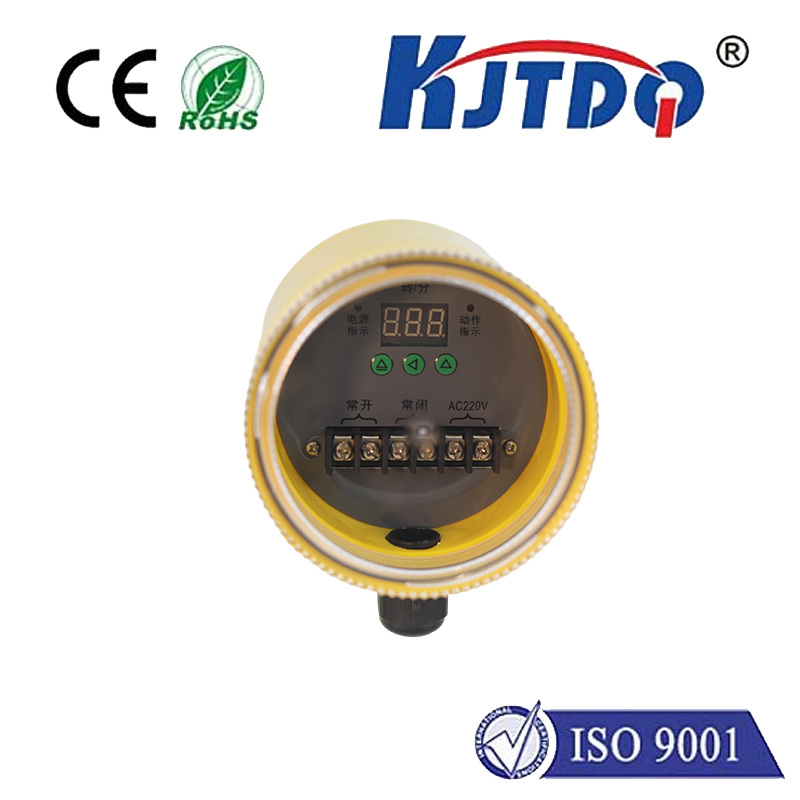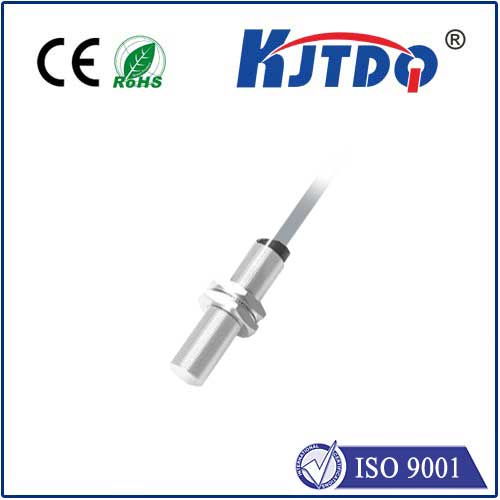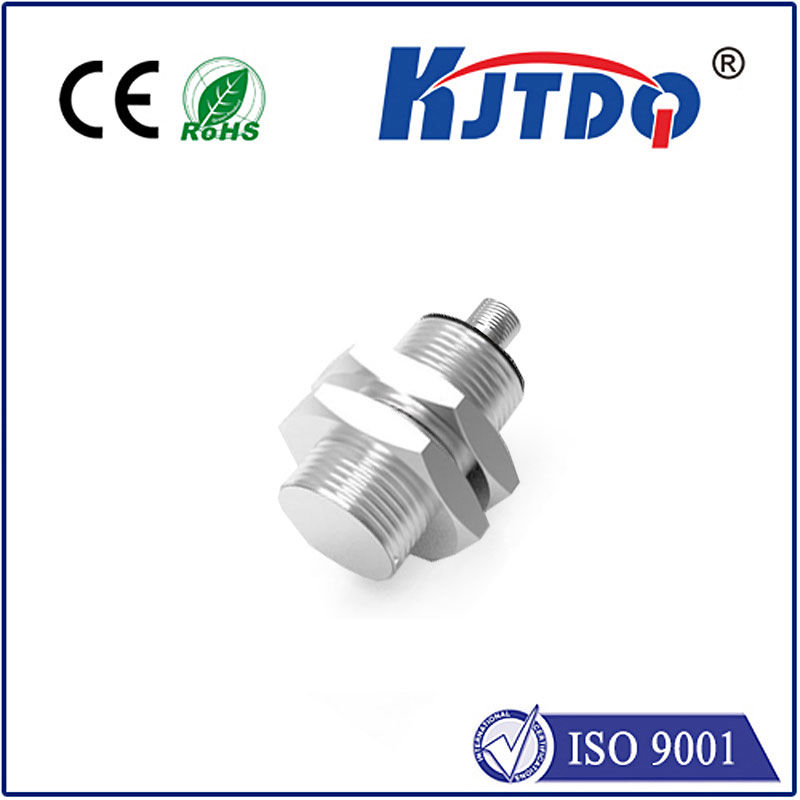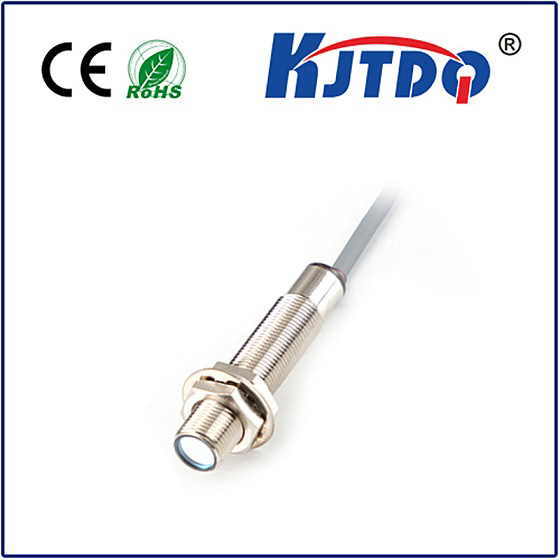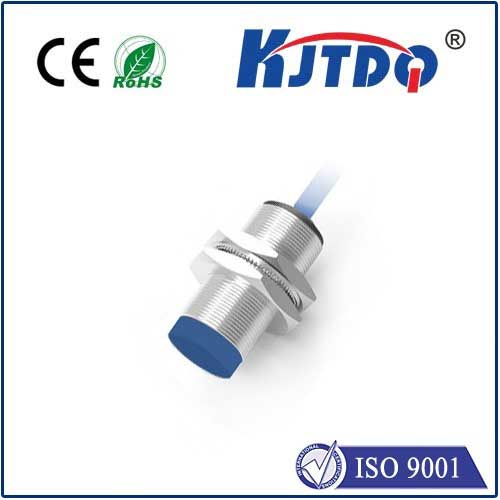SPS-2E-1-NP-NPT
- time:2024-10-28 15:05:04
- Click:0

Exploring the Intricacies of the SPS-2E-1-NP-NPT Sequence: A Comprehensive Guide
In the realm of technical jargon and industry-specific codes, the sequence ‘SPS-2E-1-NP-NPT’ might seem like an enigma at first glance. However, delving into its core reveals a structure that is both systematic and meaningful, particularly in the contexts of engineering, manufacturing, or product specification documentation. This article aims to demystify each segment of the sequence, shedding light on its significance and application.
Understanding the Structure: A Segment-by-Segment Analysis
The sequence ‘SPS-2E-1-NP-NPT’ appears to be a coded representation, likely used for categorizing or identifying specific attributes or features. Let’s break it down:
- SPS: These initials could stand for a particular series, system, or standard operating procedure (SOP). In many industries, such as electronics or software development, ‘SPS’ might refer to a specific version or model within a larger family of products. It sets the stage by indicating a base category or starting point.
- 2E: The numeral ‘2’ followed by ‘E’ often signifies a version or iteration number. In this context, ‘E’ might denote an enhancement or edition, suggesting that there have been previous versions (e.g., ‘1’, ‘2’) with ‘2E’ being a further developed or improved variant. This helps track the evolution of the item in question.
- 1: Standing alone, this number could represent a subcategory, model number, or specific feature set within the broader ‘SPS-2E’ framework. It provides additional granularity, allowing for precise identification among different options available under the same umbrella.
- NP-NPT: This combination seems to indicate a pair of properties or characteristics. ‘NP’ could be interpreted as ‘no property’ or a placeholder for a yet-to-be-defined parameter. Alternatively, it might signify a null value or the absence of a certain feature. ‘NPT’, on the other hand, commonly refers to ‘National Pipe Thread’ in mechanical and plumbing standards, implying compatibility or adherence to a specific threading type. If taken literally, it suggests that while one aspect (NP) remains undefined or absent, another (NPT) is explicitly specified, pointing towards a hybrid or customized configuration.
Implications and Applications
Understanding the meaning behind ‘SPS-2E-1-NP-NPT’ becomes crucial when dealing with inventory management, procurement processes, or technical communication where precision matters. For manufacturers, it aids in ensuring consistent product labeling and traceability across supply chains. Engineers can use such codes to quickly identify compatible components or understand the specifications of a part without needing extensive documentation.
Moreover, these sequences serve as shorthand for complex information, facilitating efficient communication between professionals who are familiar with the context. They enable concise yet informative descriptions that can be easily included in databases, catalogs, or even barcode systems for automated processing.
Conclusion
The seemingly cryptic sequence ‘SPS-2E-1-NP-NPT’ unravels into a structured set of clues when analyzed closely. Each segment contributes to a detailed profile, outlining version control, categorization, and specific feature indications. As with any specialized code, knowledge of the underlying system or industry practices is vital for accurate interpretation. By breaking down these sequences, understanding their implications enhances not only technical literacy but also operational efficiency across various sectors.












